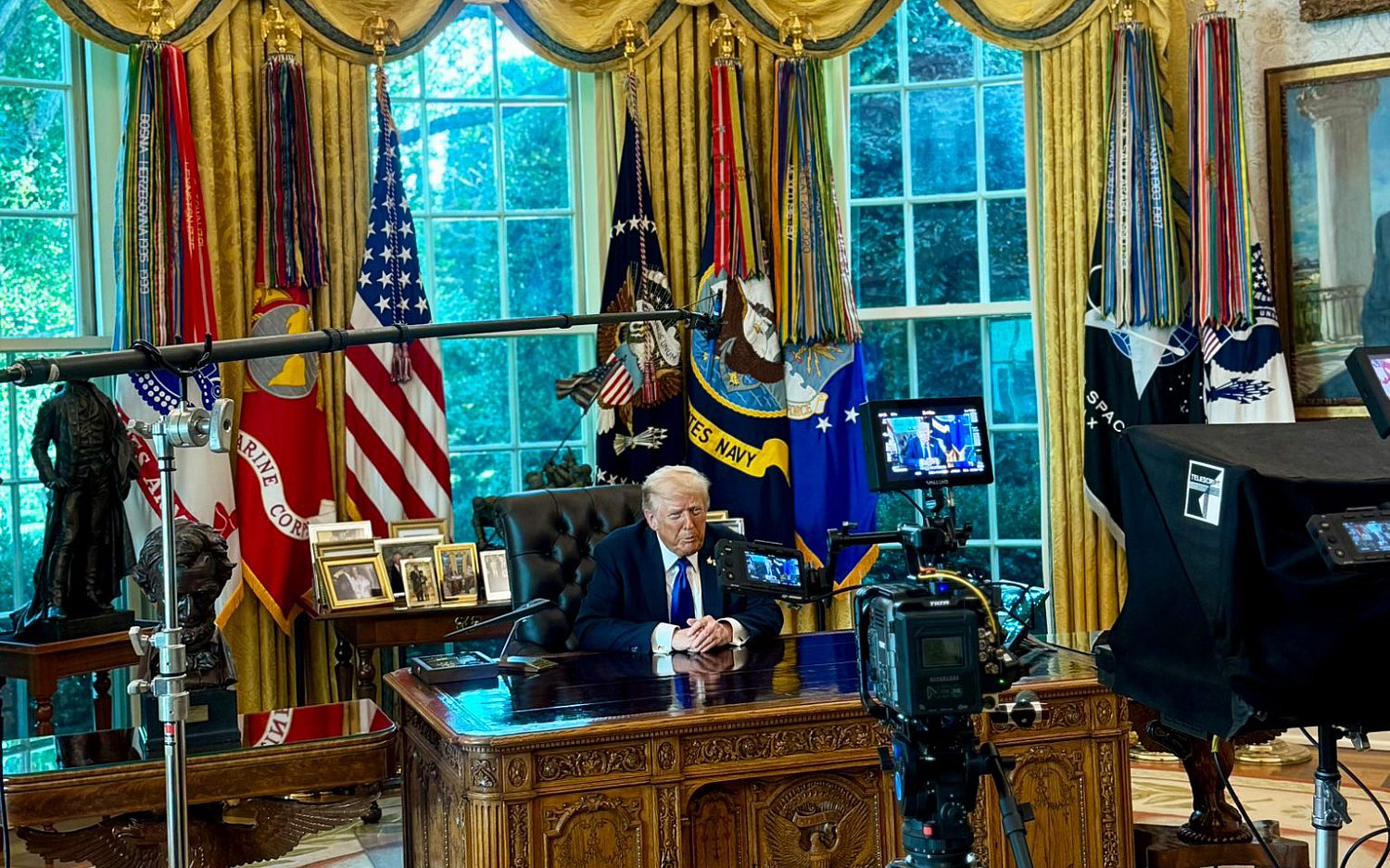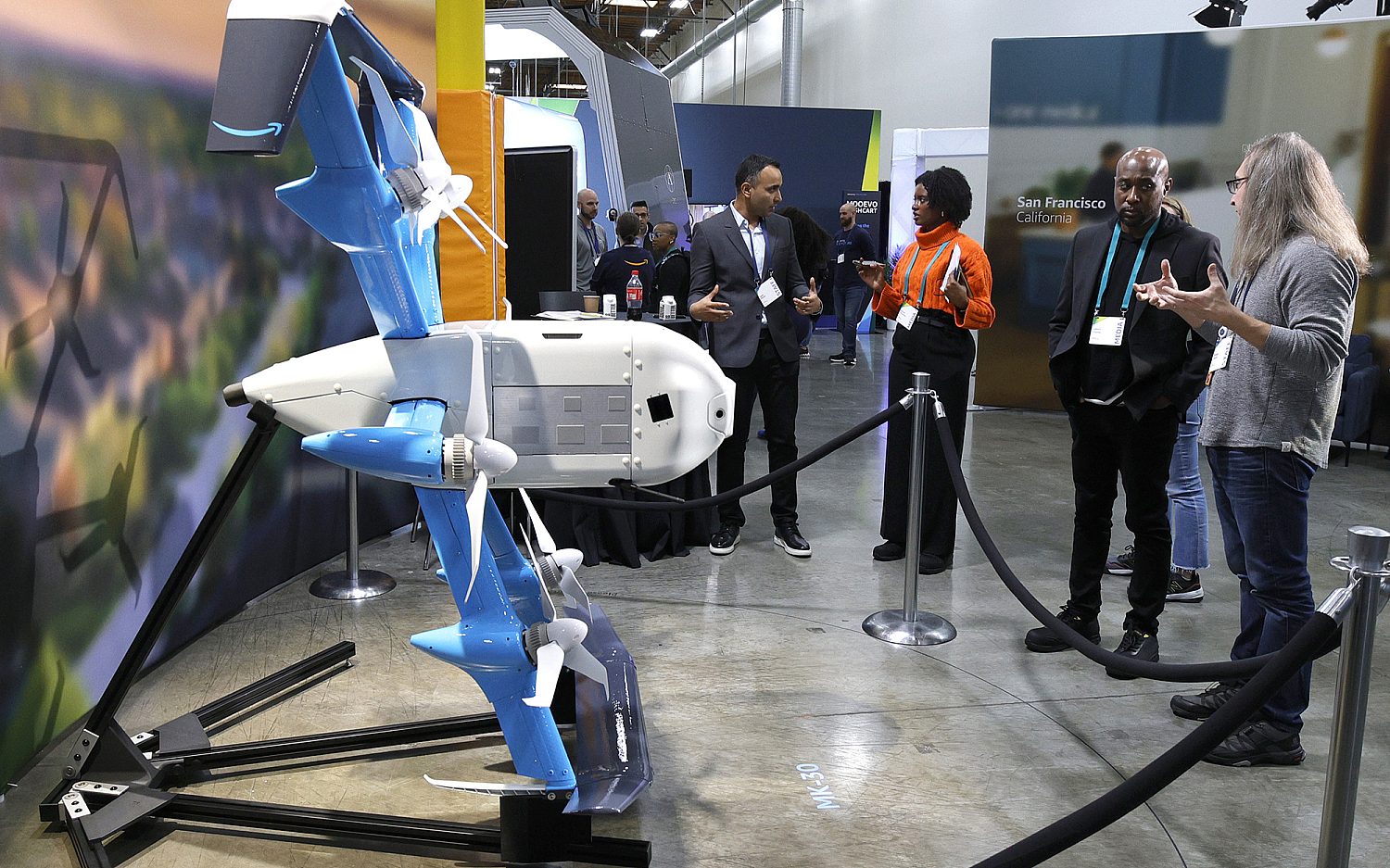Tech you can wear is the next big thing
For forward-thinking technophiles, the future isn’t just in the latest smartphone or tablet, but in wearable technology.
With Google Glass and the expected Apple iWatch already making headlines, Forbes heralded 2014 as the Year of Wearable Technology. Heavyweights like Samsung, as well as many tech start-ups, are offering new gadgets and electronically enhanced clothing to keep the average person socially connected, comfortable, self-expressive, and healthy.
For instance, a British company offers a new application for the high-tech, activated-carbon cloth used in chemical warfare suits: flatulence-filtering underwear. Marketed as Shreddies and designed for various styles, the undies purport to mask smells for free flatulence, regardless of where you are. To keep in touch with loved ones, Bond by Kwamecorp is advertised as a “wearable tickle, hug, nudge or even a poke”—a pair of bracelets or pendants that “give people a physical connection even if they’re separated.” Touching one device stimulates a corresponding sensation in the other device.
Machina’s MIDI Controller jacket connects to an iOS or Android device so the wearer can create electronic music using body movements. A sensor in the arm of the jacket tracks the speed of movement and changes the tempo of the music, while touch sensors on the pocket can add notes.
“It seems like a paradox, but when you pull the technology closer to your body, there’s a seamless interaction, it’s more an extension of yourself,” Georgia Tech professor Thad Starner said. He advises Google on its Glass, which he has worn for a few years.
Wearable tech can also help people with illnesses such as diabetes. Medtronic created a wearable artificial pancreas that automatically injects insulin into patients with type 1 diabetes until the monitor finds blood glucose levels are within the correct range.
Cloud-services company Citrix reports a survey of U.S. adults shows a majority don’t want obtrusive technology on their bodies, though millennials are more likely to accept the idea of showy wearables. The jury is out on whether consumers will go for visible body accessories like Motorola’s electronic throat tattoo that enables voice input to a smart device. Most will likely prefer easy-on fashion, like sunscreen-injected shirts or the wearable cameras some U.S police departments now use.
Experts forecast rapid growth for wearable tech. In 2012 the sector brought in almost $9 billion. Shane Walker, an analyst at IHS Global Insights, predicted the market could climb to $30 billion in 2018.
The Associated Press contributed to this report.
An actual newsletter worth subscribing to instead of just a collection of links. —Adam
Sign up to receive The Sift email newsletter each weekday morning for the latest headlines from WORLD’s breaking news team.




Please wait while we load the latest comments...
Comments
Please register, subscribe, or log in to comment on this article.